
This column is written for people who are planning to hold their first live performance, based on my own experiences. This time, I'll be talking about making a set list. I hope you find this helpful.
First, Check Your Performing Time
Once you've decided on the date for your first live performance, you'll need to think about the set list (or 'setori' for short) - that is, choosing the songs you're going to perform. But before you do that, you need to check how long you've got. For a booked live performance, you'll probably have between 30 and 40 minutes. Thinking that each song takes 5 minutes, and you want to talk a bit between songs, then 30 minutes would be about 4 or 5 songs, and 40 minutes would be about 6 or 7 songs.
If you try to sing too many songs, your time may run out and affect the next performer, and if you're too rushed into it, your performance will be sloppy, so there's nothing good about it. (I did those too...)
For events like open mic, you'll probably have 10 or 15 minutes, so you can sing probably two songs.
What Songs Should I Include in Your Setlist?
Once you've confirmed how many songs you have, you'll probably be wondering what songs you should perform. Of course, this will depend on how many original songs you have, and it may also depend on whether you want to include any cover songs. I think it's a good idea to first pick out some potential songs, and then narrow them down from there.
What I often do is decide on the first song and the last song. The set list for a live show is like the track order on a mini-album. I think you've all experienced wanting to go “Boooom!” from the start, or wanting to end with a quiet, emotional finish, but just like how the first and last songs on an album can make a big impression, there are similar aspects to live shows. I recommend that you try to put yourself in the audience's shoes and decide on a set list that reflects the kind of artist image you want to project.
Additionally, it's important to include songs that you've practiced enough to be comfortable playing. If you include a song that you're not familiar with, it can lead to unnecessary tension on the day, and if you make a mistake in the performance, it can affect your mental state for the rest of the songs lol. The most important thing is to be able to sing without trying too hard.
Also Good to Have a Beginning, Middle and End to the Song Order
Once you've decided which songs to include in the set list, you can start thinking about the order in which they should be played. This is where you want to be conscious of the structure of the set, as well as the pace and tempo of the songs. For example, you could start with an up-tempo song, then move on to a mid-tempo song, and then play a slow-tempo song for the third song to create a more relaxed atmosphere. The fourth song could be a light up-tempo song, and then you could end with a song that really shows off your confidence and style.
Of course, if you decide on a theme for your live performance and say “All ballads tonight!”, then it's perfectly fine to perform all slow-tempo songs. If you don't have that many original songs to choose from yet... in that case, why not just go with the order in which you wrote them, so that your audience can feel your growth process and they maybe interested in your songs.
Tips for Including Cover Songs
If you want to try performing on stage even when you don't have many original songs, it's fine to include cover songs. However, when you think about the audience, it would be better to explain why you are singing the cover song before you sing it, so that even if they don't know the song, they can enjoy listening to it.
For example, you could talk about the song that got you into music, or the song that gave you strength when you were struggling, and weave in your own personal stories to really draw in the audience. Some live venues don't allow cover songs, so it's a good idea to check in advance.
The Best Setlist is the One that Conveys who You Are
Once you have a setlist more or less finalized, it's a good idea to prepare for an unexpected encore just in case. If you don't have enough songs, playing the first song again is a classic option. You'll probably be able to play it more calmly than the first time, but with the same passion and gratitude.
Above all else, the most important thing is to have a set list that conveys who you are, and to be able to perform it with excitement. If you can feel like a chef preparing a full-course meal, from the appetizer to the main dish to the dessert, and you can convey to the audience that you want them to enjoy eating it as much as you want to eat it yourself, then even if you make a mistake or two during the performance, there will always be something that comes through.
Of course, it's the role of the “chef” to practice thoroughly beforehand and make sure everything is as delicious as possible. That's ideal, but it's normal to get nervous. You'll get used to it in time. I hope your memorable first live performance will be a wonderful time for you.
*Don't forget your set list because you're too nervous! Especially when you're not used to performing, keep the lyrics and chord charts by your side in the order you're going to sing them. A music stand is a must-have for this. You can borrow one from the venue on the day of the performance, but we recommend having one at home for practicing. A folding type is convenient. FYI, when practicing at home, it's a good idea to stand the music stand in the position you plan to stand it in at the actual performance, and practice with your eyes looking in that direction too, so you'll feel more at ease.
I also recommend this for playing and singing.
K&M / 12246 Double4 LED Flex Light
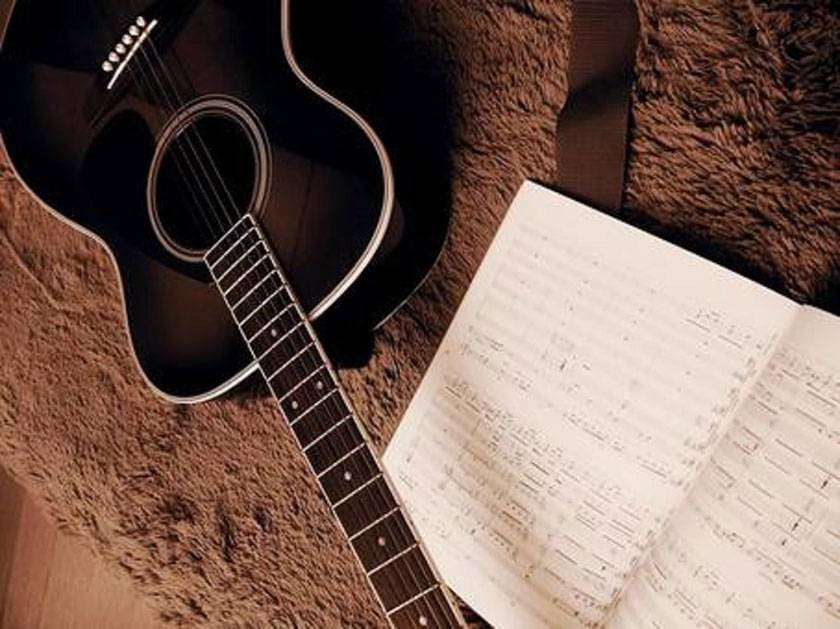
The “sound & person” column is made up of contributions from you.
For details about contributing, click here.





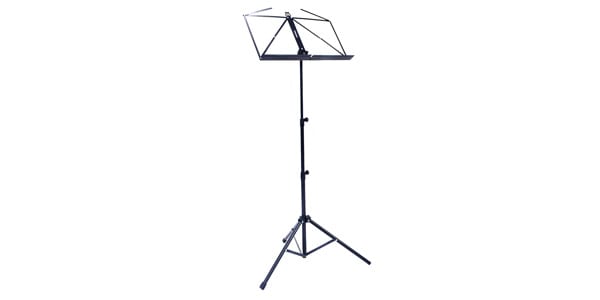
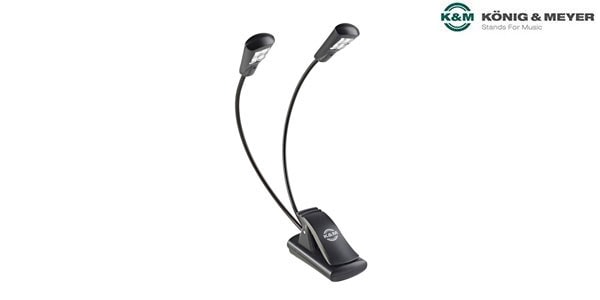
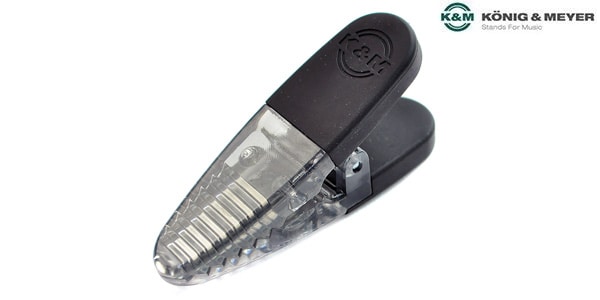
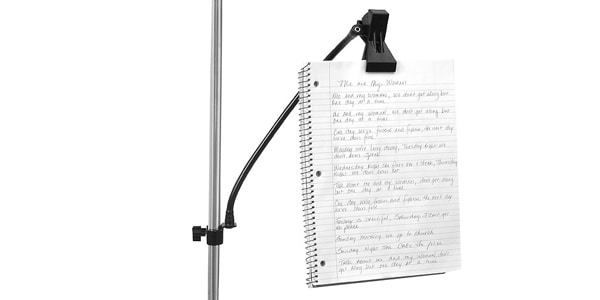
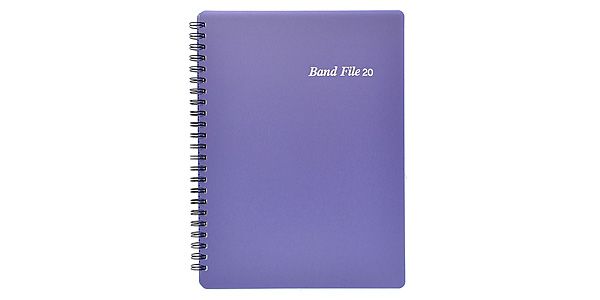











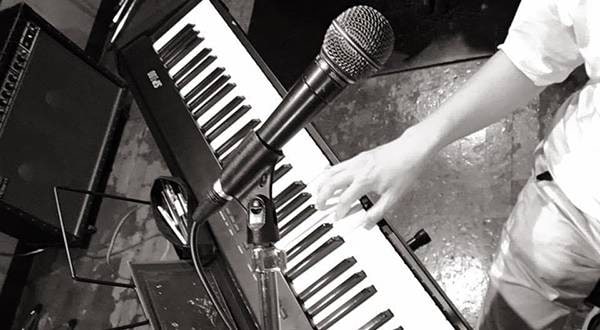
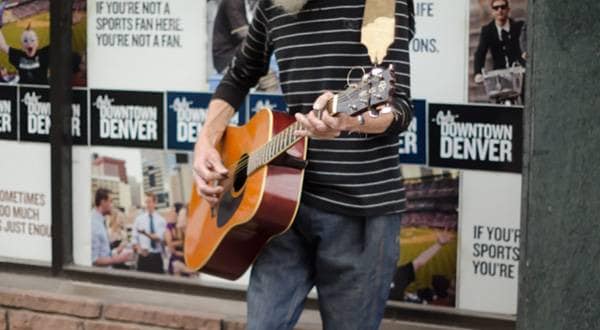




 ライブ配信に必要な機材
ライブ配信に必要な機材
 ライブ配信に必要な機材を徹底解説 オンラインライブの創り方
ライブ配信に必要な機材を徹底解説 オンラインライブの創り方
 フェンダーアコースティックギターのすゝめ
フェンダーアコースティックギターのすゝめ
 配信・ポッドキャスト特集!(ライブ/動画/ゲーム実況)
配信・ポッドキャスト特集!(ライブ/動画/ゲーム実況)
 超オススメのフレーズ道場 アコースティックギター
超オススメのフレーズ道場 アコースティックギター
 ギター名人ラボ
ギター名人ラボ















